Daniel Menzo
PhD candidate, Department of Art History and Criticism
Guiliano Fellow, Spring 2023
Developing Masculinities: Agency, Ambiguity, and Performance in Benjamín de la Calle’s Photographic Portraits of Men, 1899–1934" (Medellin, Colombia)
The Guiliano Global Fellowship Program allowed me to spend five weeks in Medellín, Colombia during the summer of 2023 to conduct archival research that directly helped me write and revise two different dissertation chapters. My project looks at the photographic archive of Benjamin de la Calle (1869–1934), one of Colombia’s most important early photographers. For over twenty-five years he operated his commercial portrait studio out of his home in Medellín’s neighborhood of Guayaquil, an area that experienced notable social and cultural changes over the first few decades of the twentieth century. Colombian historians and social scientist have frequently commented on the neighborhood’s bohemian characteristic during the decades in which de la Calle worked, commenting on shifts in gender norms and changes in the way men and women dressed. But it was during my first visit to Medellín the summer prior, during which I consulted a set of negatives from de la Calle’s archive held at the city’s Biblioteca Pública Piloto, when I felt there was more to uncover in terms of how masculinity was understood at the time and how de la Calle photographed men sometimes in conflicting ways.
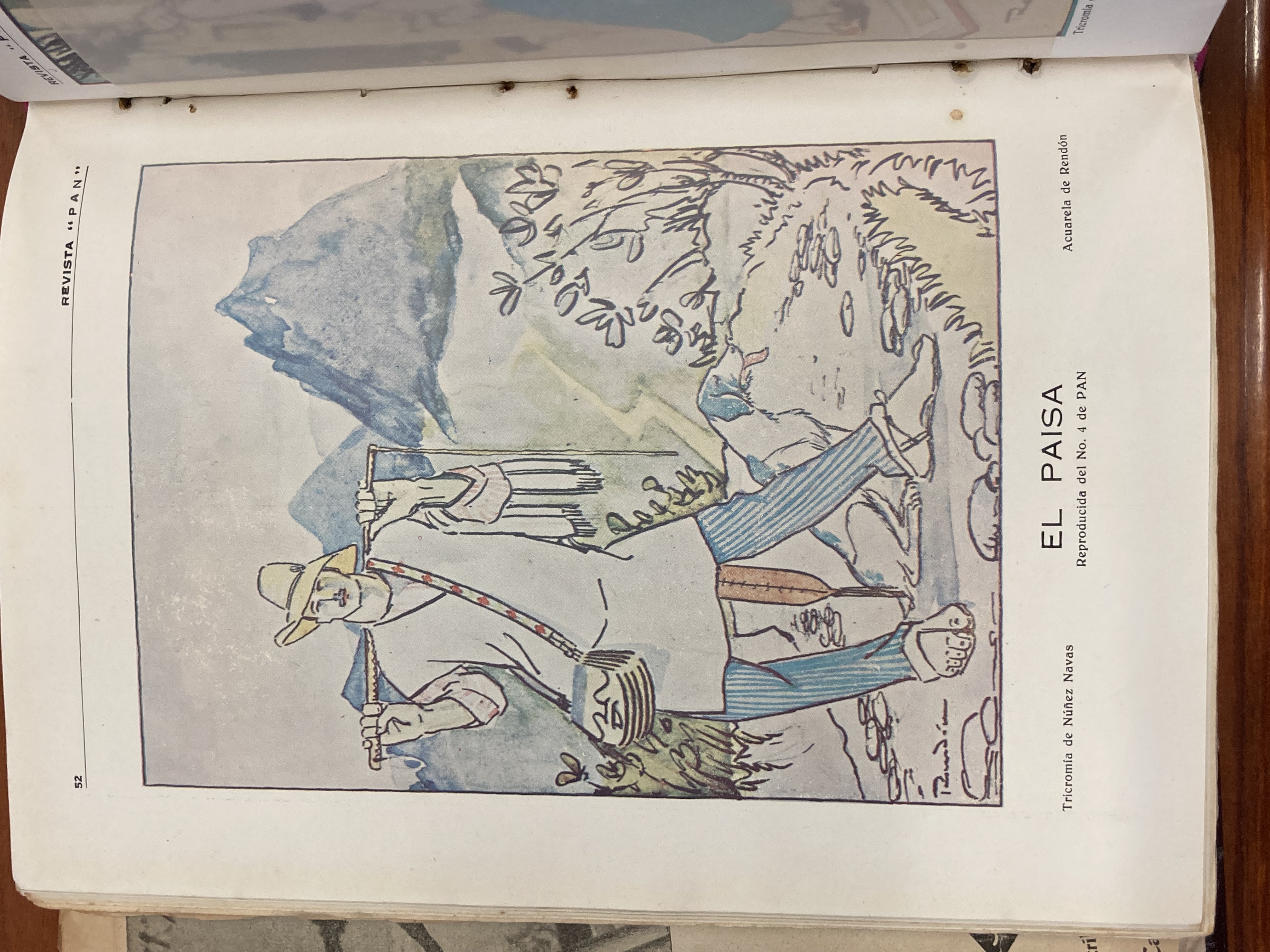
My aim for this second trip was to conduct further archival research to help get at some of the questions my close looking had generated the summer before: what might have been some images that men in Medellín at this time encountered regarding how to dress and carry themselves? What level of tolerance was there for men to socialize with other men, at times in ways that may have appeared intimate? How scandalous may it have been for someone to dress in clothing associated with the opposite sex? I formed these questions because of the types of portraits I encountered in de la Calle’s archive. While scholars have commented on the photographer working openly as a gay man during a conservative period, thus attracting a certain kind of clientele, the formal qualities of the portraits have gone overlooked. By comparing his portraits with the contemporaneous visual culture of masculinity, I am trying to rebuild a historical context surrounding the photographer’s work and offer a more nuanced understanding of the norms and variants found within his archive.
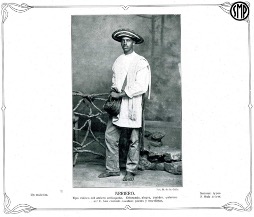
I visited a handful of libraries and archives, consulting newspapers and cultural magazines from the early 1900s. At EAFIT University’s Sala de Patrimonio Documental I spent time looking through three different volumes of La Revista Pan. Although later in time, images such as “El Paisa” helped informed my understanding of how regional male archetypes had consolidated over the years. Moving across multiple repositories also allowed me to discover interesting connections that pointed back to de la Calle’s images. Also at EAFIT University I viewed several editions of the weekly magazine Sábado, where I came across this portrait that de la Calle made of an unidentified arriero (muleteer), and which was later used to illustrate a short story. I found the same portrait days later at la Universidad Pontificia Bolivariana’s Colección Belisario Betancur, this time embedded into a 1910 photo album produced by the Sociedad de Mejoras Públicas (SMP), a city organization founded to improve the city’s overall image by updating its infrastructure and by promoting its unique cultural distinctions. These types of encounters have allowed me to view de la Calle’s portraits of men dressed in clothing and accessories associated with rural masculinity in a more complex way, as these rural archetypes were seen as pivotal to the Antioquia region’s modern progress. In my chapter, I question the notion of performativity in some of these portraits, examining the construction of masculinity in front of de la Calle’s lens.
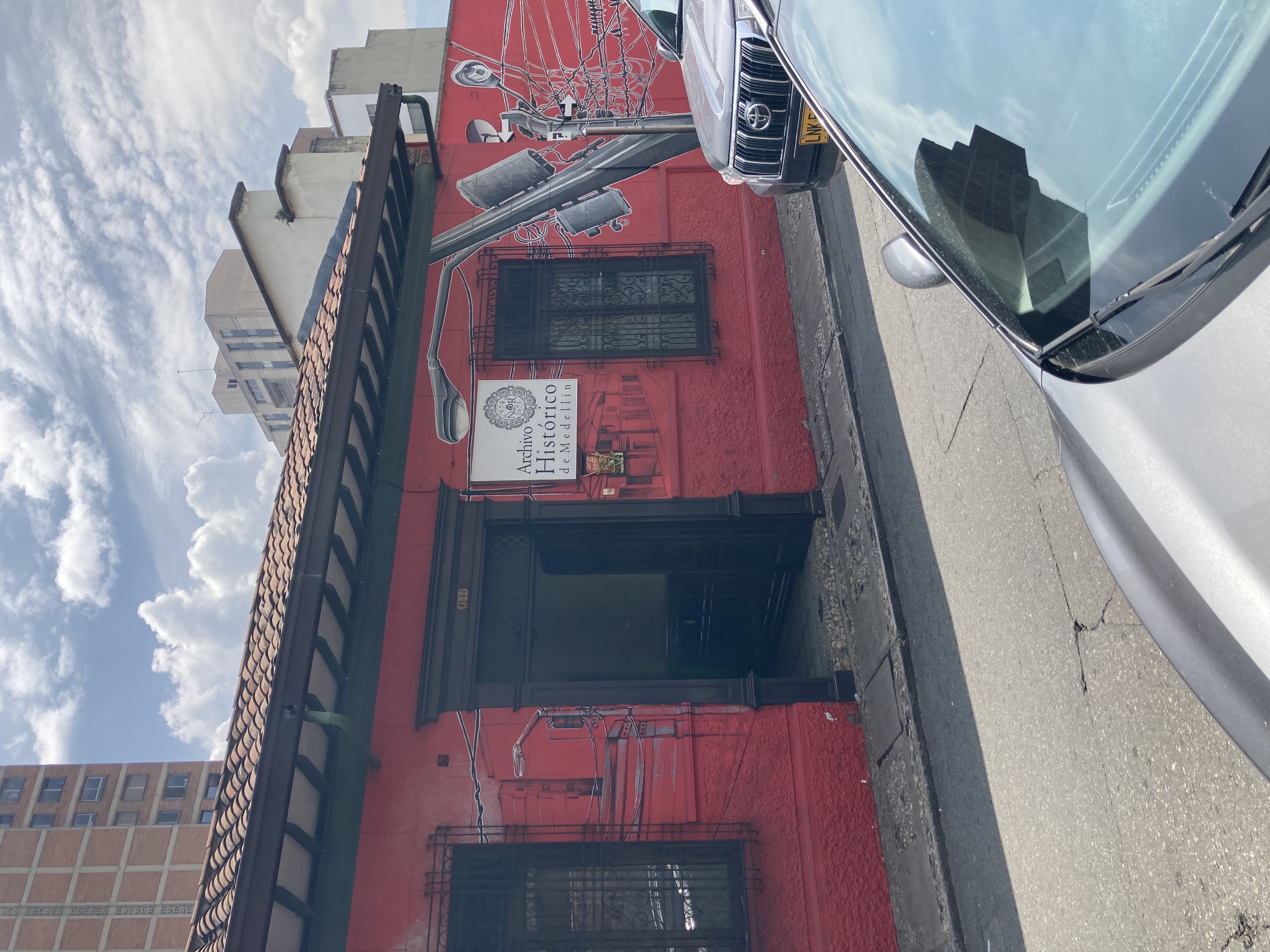
I also spent time at Medellín’s Historic Archive, looking through original city records to locate de la Calle as a business man. While it did not feed directly into my writing, this type of research provided a more intimate appreciation for the photographer as a social actor in a particular time and place. Unlike some of his contemporaries, to date no journals or business ledgers have been found of de la Calle’s, so locating his voice in other ways, for example through petitions to the city to lower his studio taxes, restores a sense of personal agency for the photographer that could otherwise go overlooked.
Outside of the archives and libraries I was able to spend more time developing relationships with scholars I had met previously, which I found to be just as valuable as any other component of my research activities. I also traveled to de la Calle’s birthplace of Yarumal to visit the Francisco Antonio Cano’s Culture House, which helped form a more complex way of understanding Antioquia’s rural culture both past and present.
The trip generated an abundance of research details that I continue to digest and surely will carry forward well beyond my dissertation project. I am grateful to the Guiliano Global Fellowship Program for the opportunity and welcome any questions or interests in talking more about my experience.
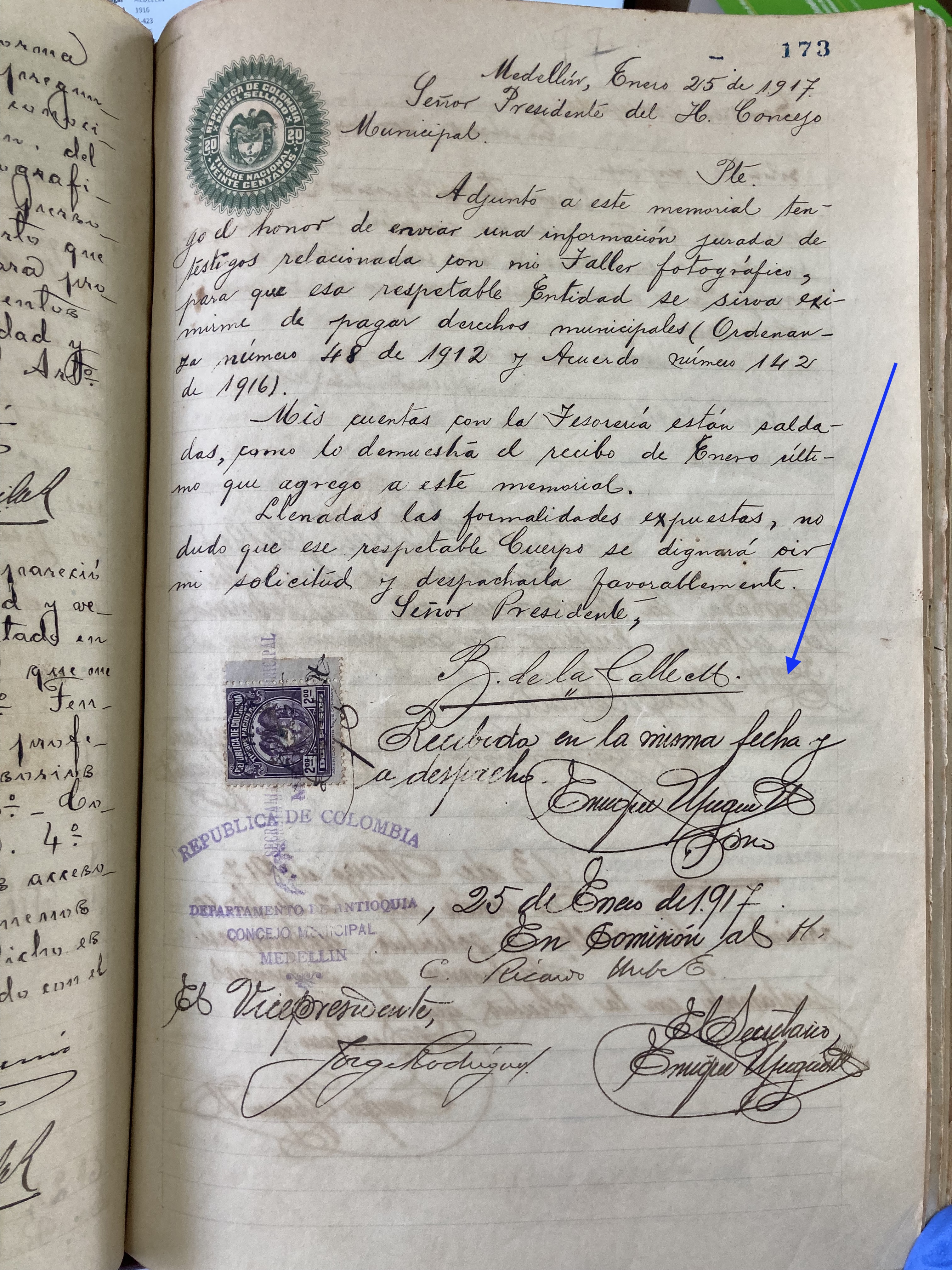
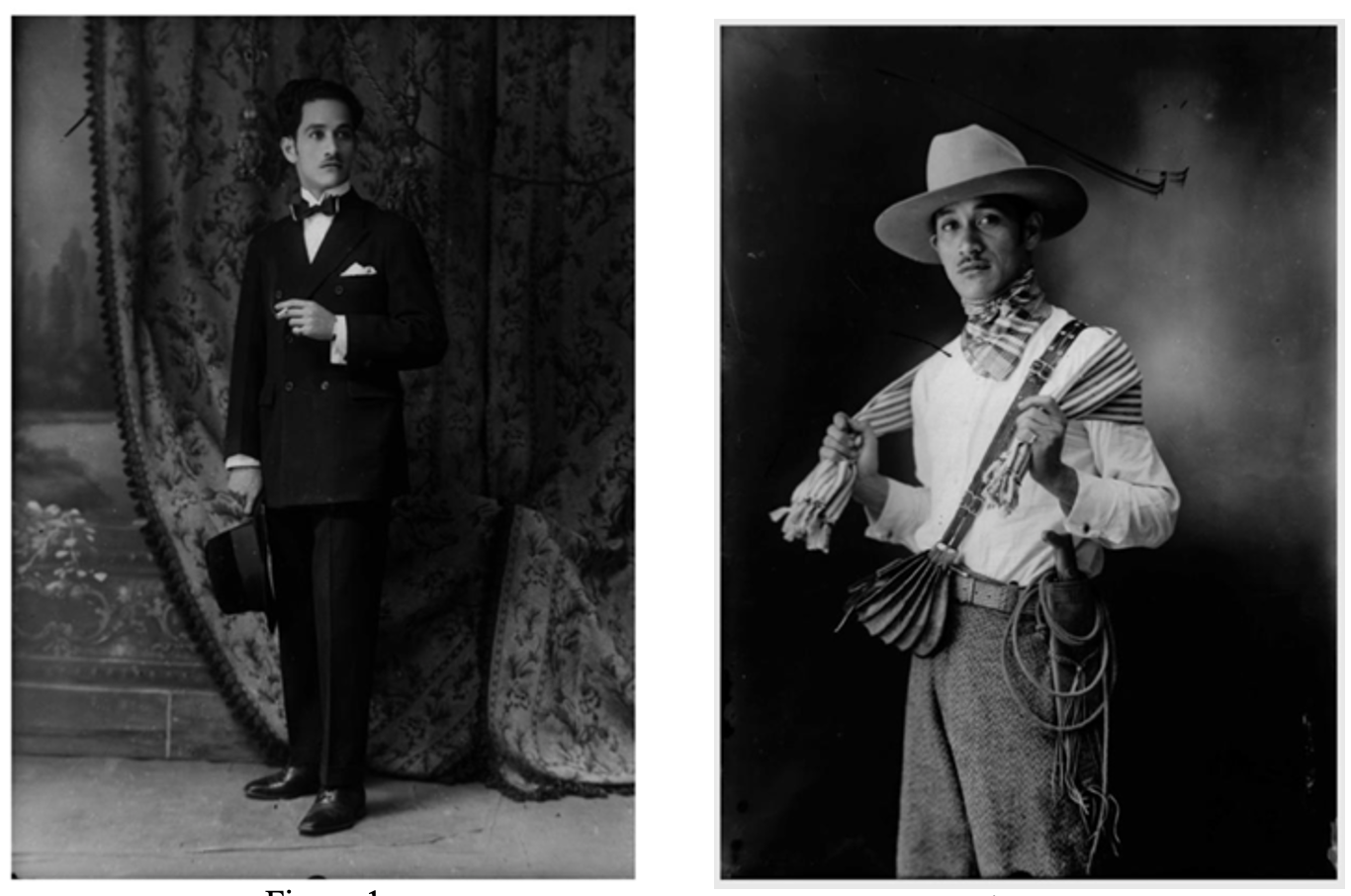
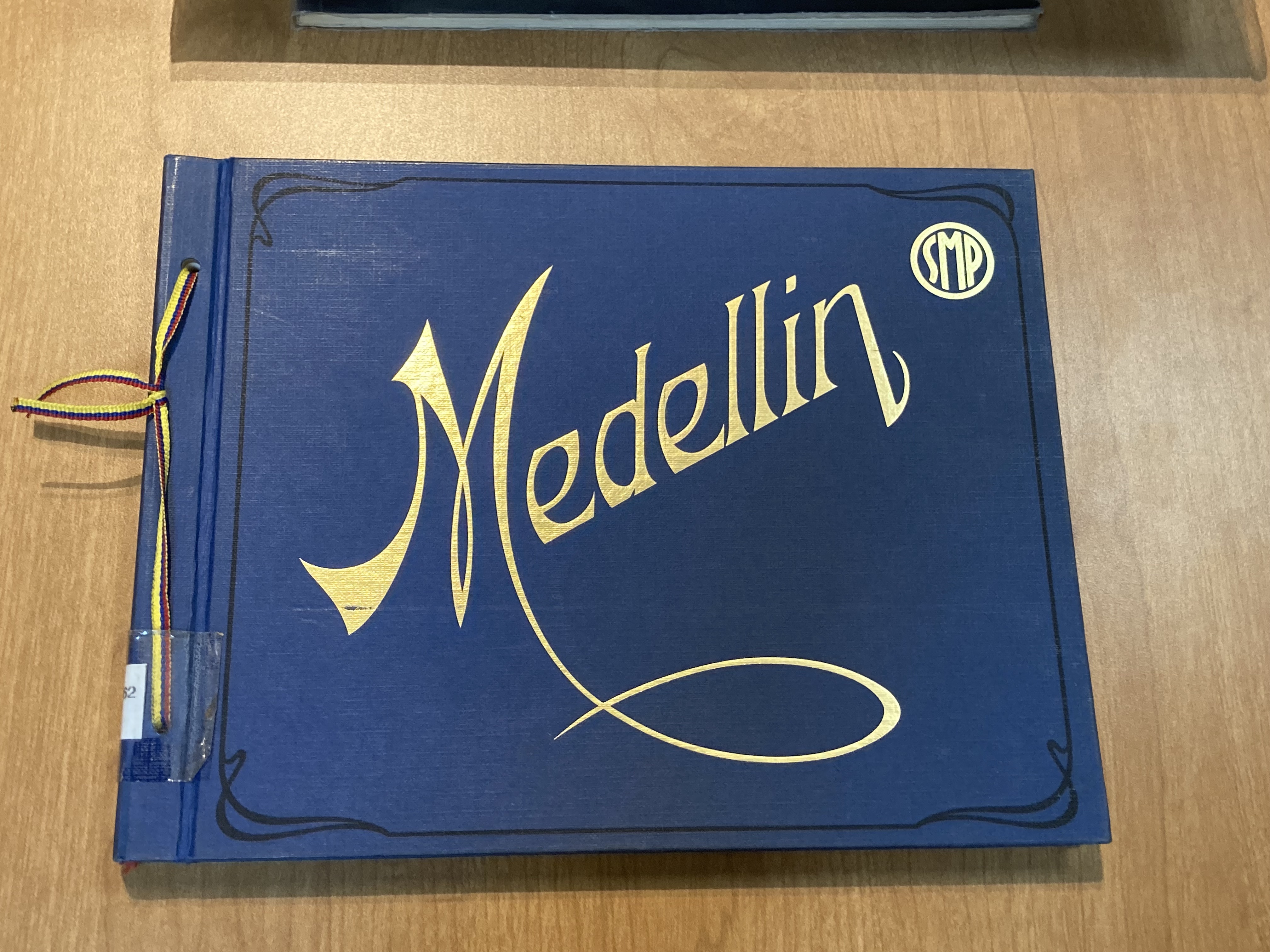
The Guiliano Global Fellowship Program offers students the opportunity to carry out
research, creative expression and cultural activities for personal development through
traveling outside of their comfort zone.
GRADUATE STUDENT APPLICATION INFORMATION
UNDERGRADUATE STUDENT APPLICATION INFORMATION
Application Deadlines:
Fall deadline: October 1 (Projects will take place during the Winter Session or spring semester)
Spring deadline: March 1 (Projects will take place during the Summer Session or fall semester)
Please submit any questions here.
